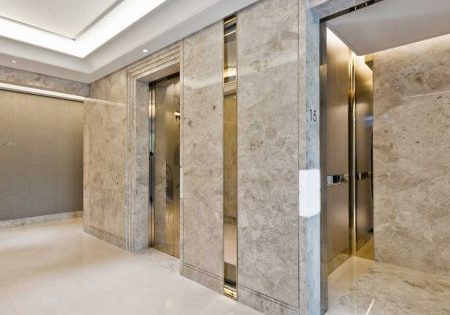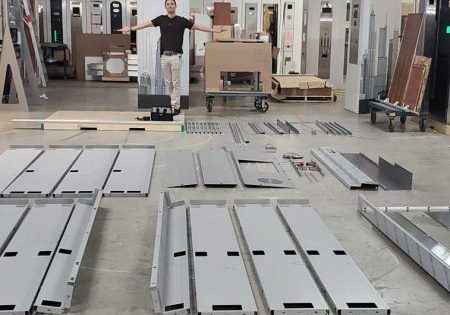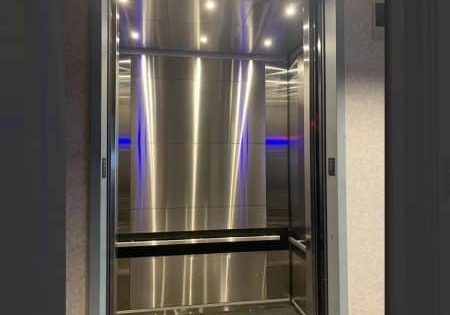South Africa’s Smart City Dreams
Jul 6, 2023
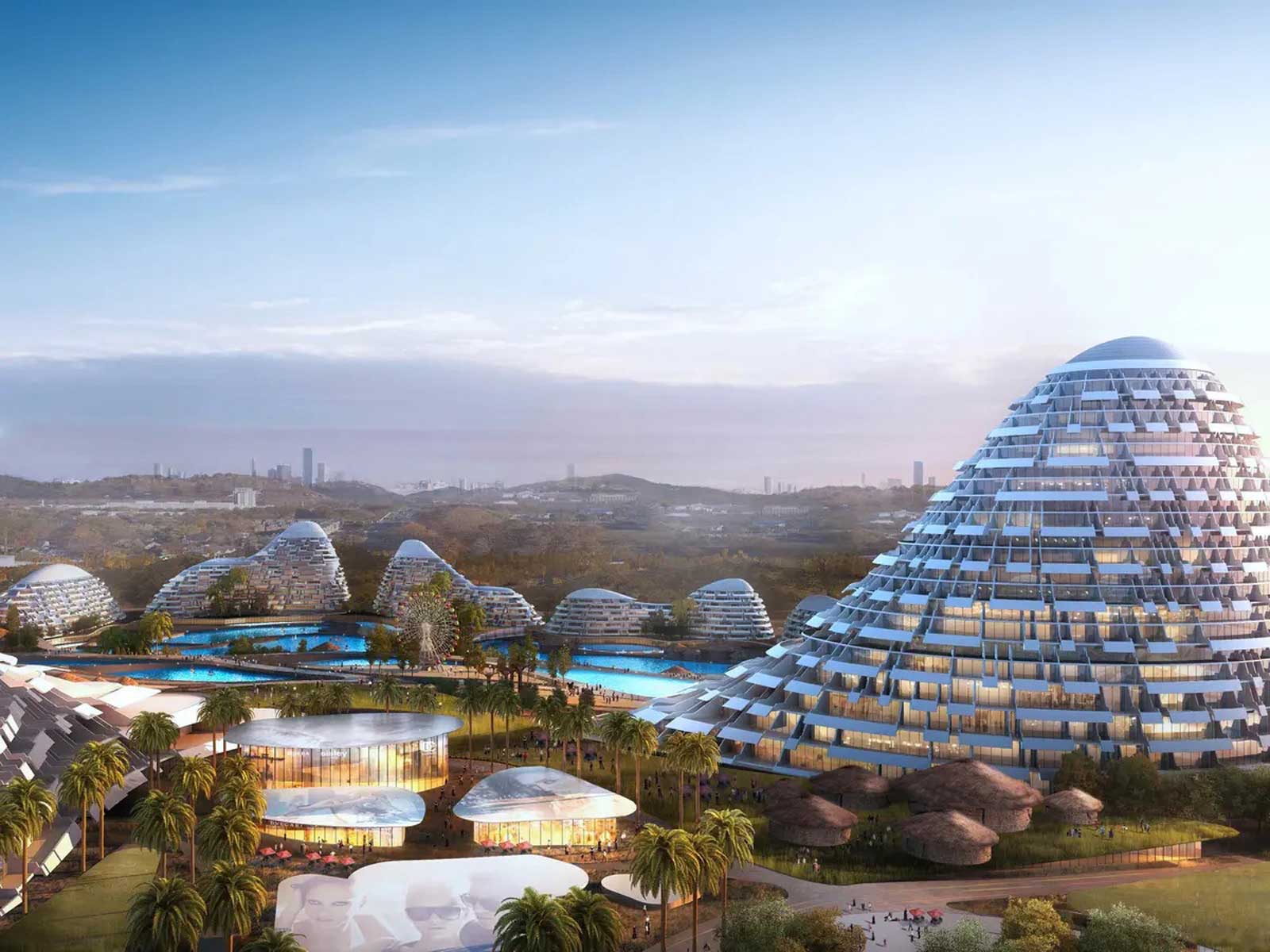
Country’s urbanization and population trends drive demand for VT.
South Africa’s evolving urbanization story will likely include several chapters on the continuing transformation of the country’s vertical-transportation (VT) industry, which is driving adoption of smarter ways to move both people and goods. Urbanization in South Africa is no longer all about expanding existing cities or building new urban centers to accommodate a surging rural-to-urban migrant population, but also about developing “Smart Cities.” President Cyril Ramaphosa recently said smart-city development would help the country “make a break with apartheid’s spatial development.”
By apartheid, Ramaphosa was referring to the 1948 to 1994 racial segregation policy in South Africa that “dictated non-white South Africans live in separate areas from whites and use separate public facilities, with limited contact between the two groups that were largely physically separated in terms of their location, public facilities and social life.”[1] In his “State of the Nation Address” in 2021, Ramaphosa said South Africa has planned new, post-apartheid cities and, as an example, described Lanseria Smart City, “the first new city to be built in a democratic South Africa that is now a reality in the making.”
Lanseria Smart City, when completed in 2032, is expected to be home to between 350,000 to 500,000 residents, according to the masterplan completed in November 2020. An increase in demand for escalators, elevators and home lifts to support vertical growth of the city as availability of space shrinks is certainly also expected.
The smart-city concept, though still new in Africa, is — in the case of South Africa — expected to change “the social and economic apartheid spatial architecture.” Lanseria Smart City is nearly 50 km from Johannesburg, South Africa’s biggest city and capital of Gauteng Province. Ramaphosa said:
“Working with development finance institutions, we have put together an innovative process that will fund the bulk of sewerage, electricity, water, digital infrastructure and roads that will be the foundation of the new city. [The city] will not only be smart and 5G ready, but will be a leading benchmark for green infrastructure, continental and internationally.”
Shattered Dreams
Not far from Johannesburg, a new project, the Zendai Modderfontein City, was unveiled in 2019 by Chinese developer Zendai Group, a Shanghai-based investment firm. “We did not realize that there was such a vast tract of land within Johannesburg that has been asleep for over 100 years,” an optimistic Zendai Group Chairman Dai Zhikang said at the time. “But today, it is awakened and will become a future city.”
Unfortunately, Zhikang surrendered to police right around the time the South Africa project was set to break ground. He was linked to a US$93 billion peer-to-peer lending scheme that also saw some of Zendai Group’s assets frozen. Zendai Modderfontein City had been planned on a 1,600-ha plot of land bought by the Chinese firm for US$100 million from South Africa chemical company AECI®.
A smart city project has seven components, each with great potential to accommodate home lifts, escalators and elevators.
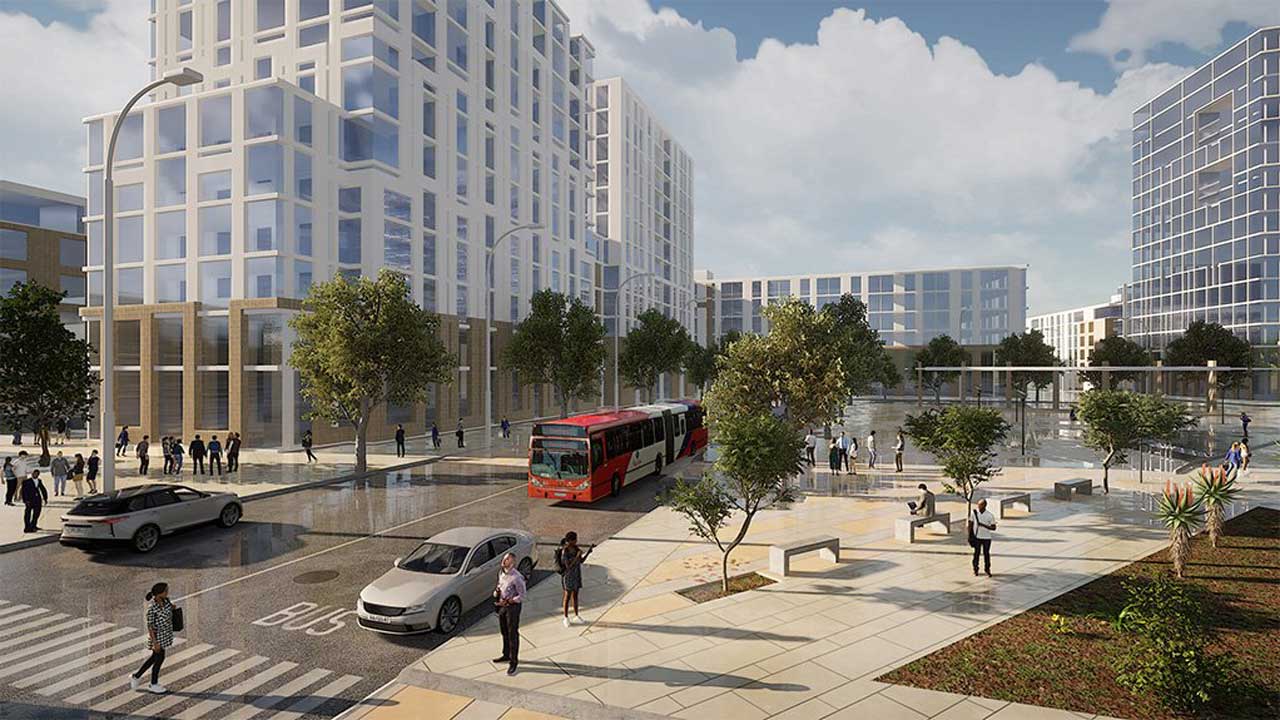
Components of a Smart City
A smart city project has seven components, each with great potential to accommodate home lifts, escalators and elevators. The components are:
- A residential area
- Conference and exhibition center
- Finance and trade center
- Industrial zone
- African theme park
- Sports and recreational center
- Education and training center
With the decline in Zendai Group’s fortunes, the Zendai Modderfontein City project, which would have included 55,000 housing units, 1.4 million m2 of office space and other amenities, has been delayed, even as South Africa’s urbanization trend points to growing demand for efficient VT solutions to accommodate a surging population that includes an increasing number of elderly residents.
Currently, more than 67% of South Africa’s 61 million people have moved to urban areas, with projections the percentage will increase to 80% by 2050, making the country one of the most urbanized in Africa with increased demand for products essential to vertical development of cities. Yolisa Kani, chairperson of the South African Cities Network, a nonprofit entity that encourages exchange of information, experience and best practices on urban development and city management, said:
“Considering that just over 56% of the world’s population now lives in cities, one begins to appreciate the rate at which urbanization is taking place in South Africa. With that number set to grow exponentially over the coming years, those leading our cities (and all of society) need to be at the forefront of driving impactful social change and promoting high-performing cities that are well-governed, productive, inclusive, resilient and sustainable.”
Separately, Schindler Lifts (SA) (Pty) Ltd., a subsidiary of Switzerland’s Schindler, says “megatrends in urbanization and demographic changes are fueling our growth, aided by ongoing demand for the latest elevator and escalator technology.”
Influencing Factors
Growth in urbanization has been influenced partly by South Africa’s location on two critical transportation corridors — the Cairo-Gaborone and North-South corridors — a factor many international and domestic VT companies are leveraging to expand their manufacturing, supply and maintenance operations.
VT market players in South Africa are aware of the dominant role urbanization plays in expanding their VT business and enhancing their bottom lines. For KONE South Africa, “urbanization, sustainability and technology are three megatrends that continue to be key drivers in the development of the elevator and escalator industry.” In one of its recent reports, KONE says “the key growth drivers of the new-equipment business are urbanization and changing demographics.”
And in what could trigger growth in South Africa’s home lifts market segment, the National Department of Human Settlements has in the 2022-2023 financial year targeted delivery of 60,000 fully subsidized housing units, 60,000 serviced sites, 8,000 affordable rental units and 4,000 approved Finance Linked Individual Subsidy Programme subsidies. The government has budgeted ZAR33 billion (US$1.8 billion) for human settlements during the 2022-2023 financial year.
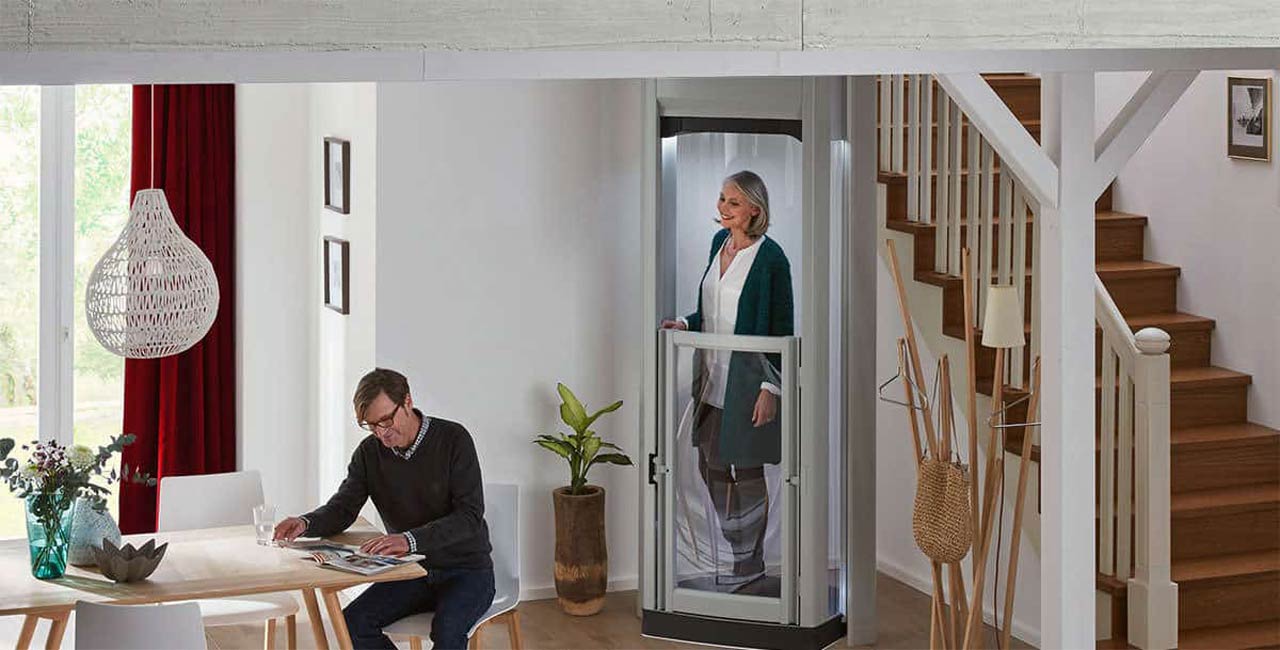
Catering to an Aging Population
Elsewhere, the proportion of residents aged 60 and older in South Africa “is increasing over time and, as such, policies and programs to care for the needs of this growing population should be prioritized.” According to Lifta South Africa, the South African subsidiary of the family-owned German company Liftstar GmbH, “as people reach pensionable age, they’ve accumulated a fair bit of capital to last for their retirement and are willing to spend it on certain comforts.” Lifta says the most significant reason lifts have become so valuable in recent years “comes down to demographics.” The company observes a “worldwide shift” is underway that will see a “massive expansion” in the number of retired persons.
Statistics South Africa, the national statistical service of South Africa, says the number of building plans has risen since 2021, as more projects halted at the height of the COVID-19 pandemic have restarted.
In 2022, the total value of recorded building plans greenlit by larger municipalities rose by 28% compared to the previous year, with the government reporting that at least 18 new housing projects costing ZAR129 billion (US$7 billion) were under construction as of February 2022, with the goal of establishing more than 190,000 housing units, including multi-story buildings. Growth of this segment will be a major driver of home lifts in South Africa.
Homes Lifts on the Rise
Residential lifts, says Lifta South Africa, have come in handy at most properties in the country as they come with “plenty of practical benefits, such as ease of accessibility, improved comfort and the addition of a sense of style to your property.” While home lifts might not be the most popular feature in South African homes, they are becoming increasingly coveted, the company says, adding:
“Home lifts are starting to move up on the list of amenities that can command a premium in South African real estate markets due to the shift of the baby boomer generation that is now moving to their later years and looking for a home to see them through the rest of their lives, as well as improve their living standards as stairs become increasingly impractical when transporting household items around.”
Reference
Get more of Elevator World. Sign up for our free e-newsletter.




